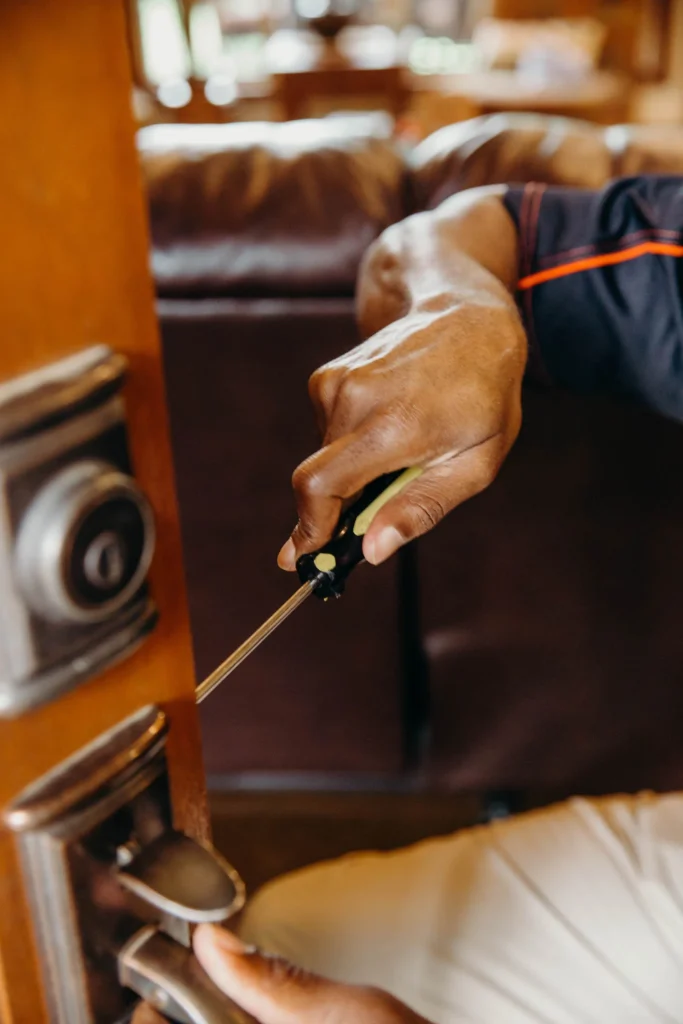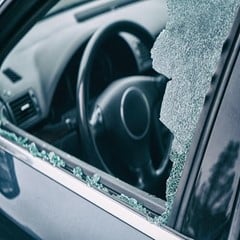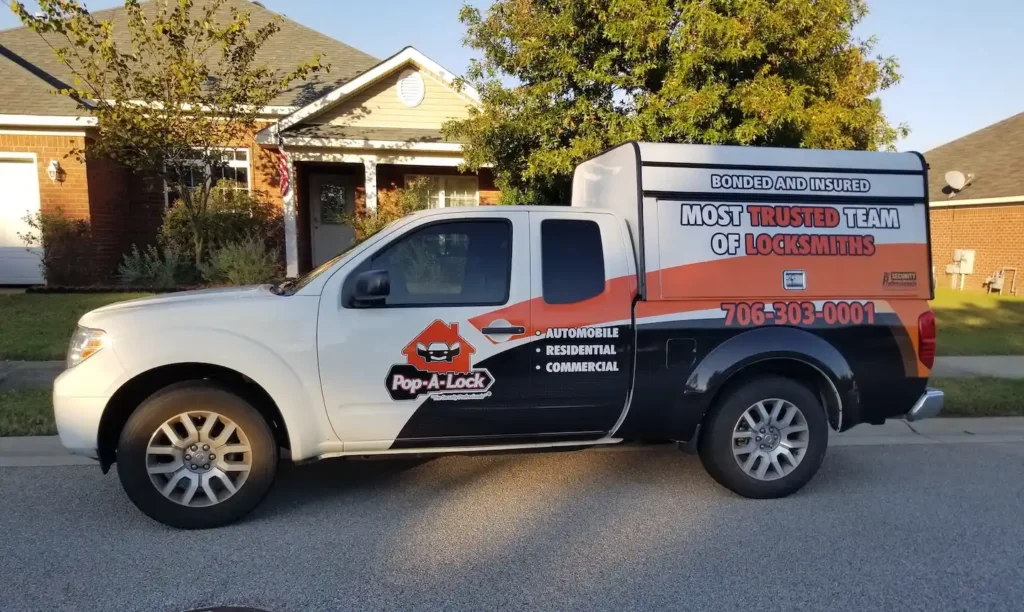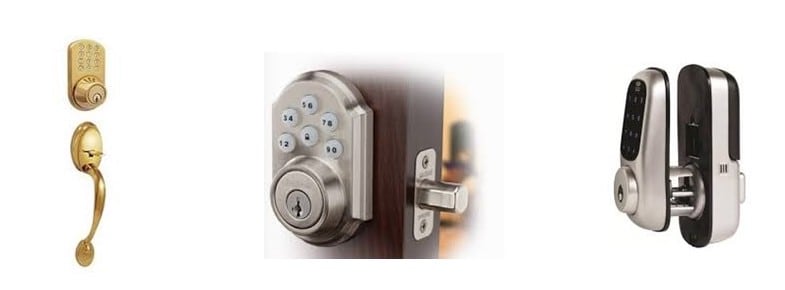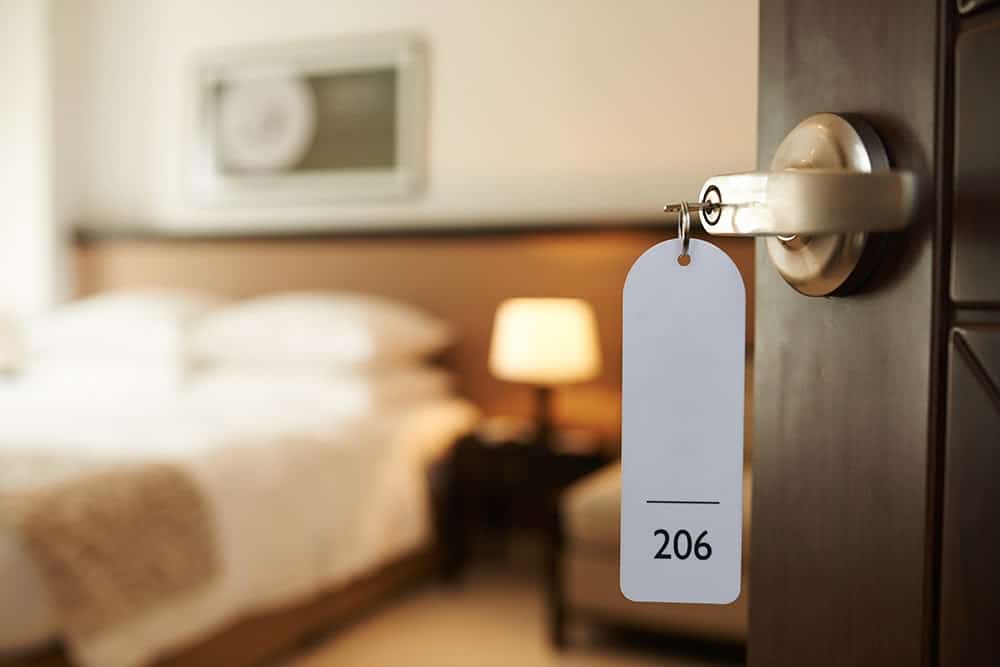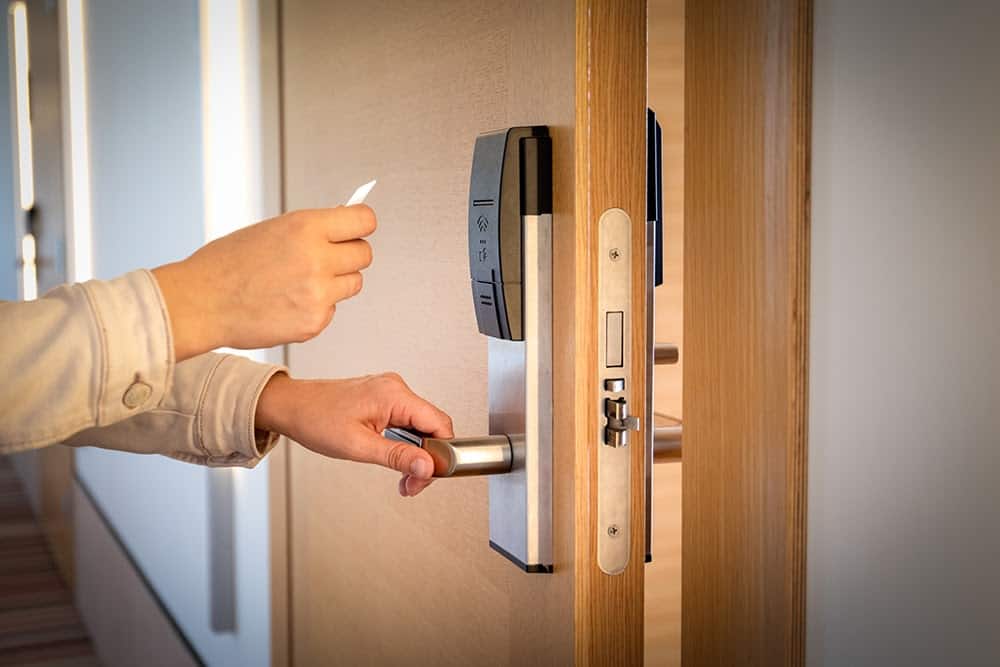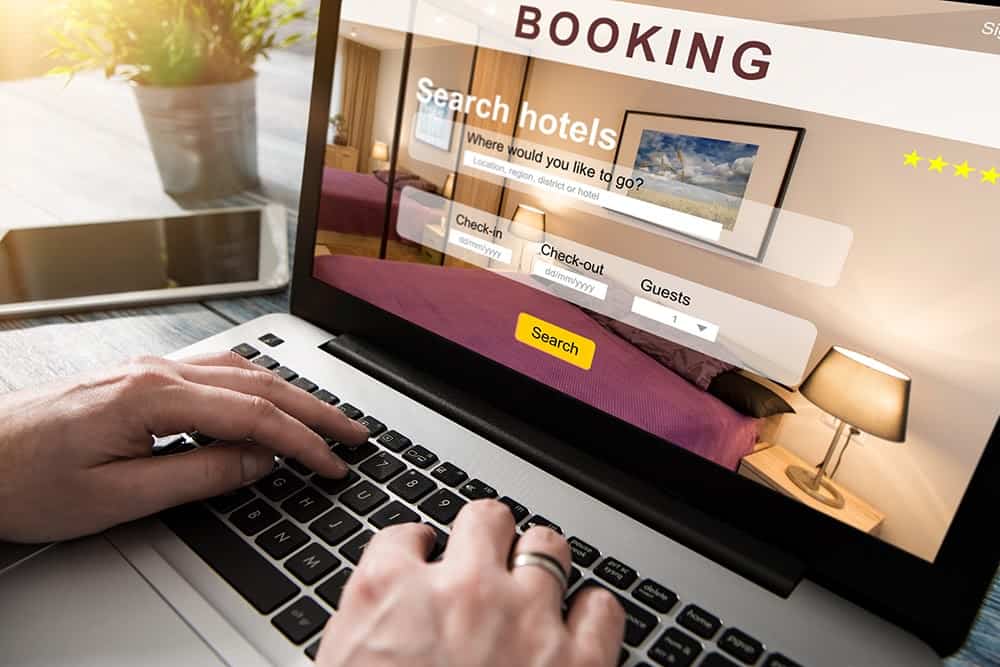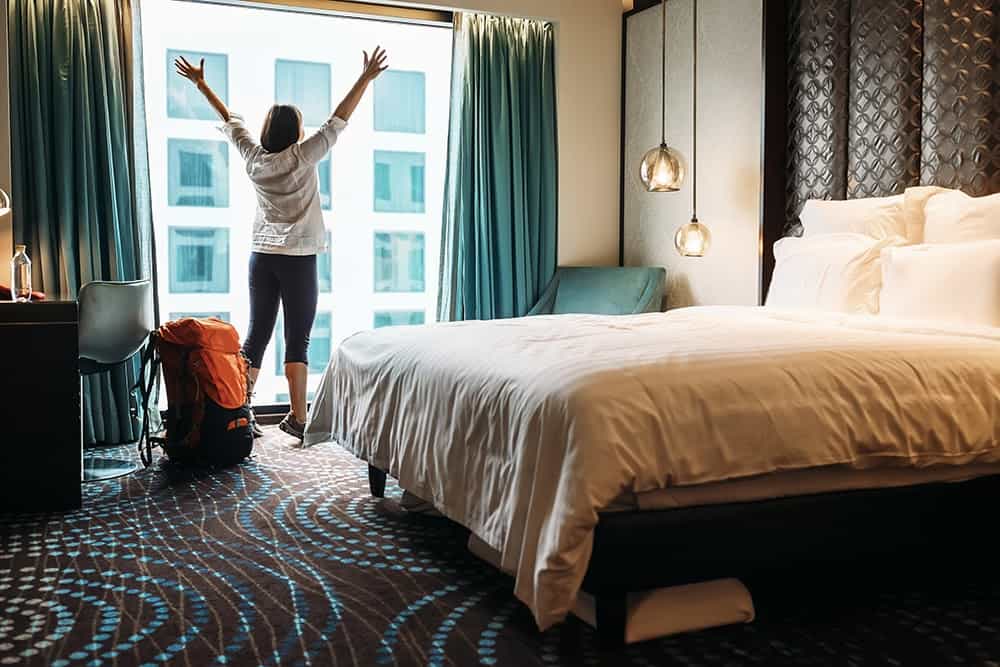Pop-A-Lock Home Security Inspection Checklist
Download PDF Checklist
The purpose of this home security inspection sheet is to identify features in your home which might make your home an easy target for a burglar. Each question on the checklist is answered with a response in the second column to indicate a security weakness or hazard which requires your attention.
A monitored alarm or home automation and security system, with emergency power and wireless backup communications, is a powerful element in home security. Contact a reputable alarm contractor for options.
Quick List: The detailed list below is designed to help guide you and help document physical security issues around your house.
For most homes the ‘shortlist’ of fixes are as follows:
1. Install or modify existing locks to deter picking, bumping, or other bypass methods. If you have never had your locks changed on your domicile, get that done ASAP to avoid unauthorized keys from operating your locks.
2. Install at least 3″ screws to secure the Strike Plates on the frame side of the door. Additional reinforcement in the form of strike boxes, inset pipe section on the frame, and even consider replacing an ‘inswing door’ with an ‘outswing door’ to maximize kick resistance.
3. Install Latch Guards or Full-Length Interlockers to avoid ‘loiding’ or ‘credit carding’ attacks on the lock. The full-length Interlocker also deters bypass attacks that attempt to go around a latch guard.
4. Install motion sensor cameras around the exterior of the home covering all avenues of approach and egress (doors, windows, basement etc). Modern wireless systems can send a notification to your mobile phone that can allow you to see in near-real-time what is occurring. You can also save or share video files to provide to law enforcement quickly.
5. Lock up any tools, ladders, or other items of value so they are not visible around the house and are secured.
6. Set up a key box or keyboard in your house to help organize and secure keys to your home. Avoid anyone being able to take pictures of your keys, as there are online services that allow people to have a key produced from a picture with no proof of authorization.
7. One of the easiest ways to secure your home is to replace conventional locks with an electronic lock that has no cylinder and has been tested to avoid ‘quick entry.’ Many modern locks also offer notification when the locks are opened, temporary codes, and other smartphone-based options to help you control access to your home or rental property.
8. Consult with a glass and window expert on your current windows. Replacing out of date windows can offer physical resistance to breaking, improve the performance of your HVAC system, and potentially improve the value of your home.
9. Join your neighborhood watch group or online equivalent. Communicate with your neighbors and make sure you have each other’s contact information saved into your phone and posted somewhere centrally in the home with other emergency contacts.
10. Contact your local Pop-A-Lock to help you identify the areas of most need for your home security.
Walk-Thru Checklist and Fixes for Common Household Security Issues
A. Front Entrance Recommendations
1. Is the door itself of metal or solid wood construction?
-Replace door with solid wood or metal door
2. Is the door frame strong and tight enough to prevent forcing or spreading?
-Install heavier duty strike, longer screws, and Latch Guard or full-length Interlocker
3. Are door hinges protected from removal from outside?
-Peened Hinges or Interlocking Hinge Pins
4. Are there windows in the door or within 40 inches of the locks?
-Use a double-sided deadbolt (Where permitted by Code)
5. Are the locks adequate and in good repair?
-Install new locks – Kick and Pick Resistance
6. Are strikes and strike plates adequate and properly installed?
-Use longer screws, adjustments to correct problems
7. If there are no windows in the door, is there a wide-angle viewer or voice intercommunications device?
-Install a door viewer or electronic doorbell.
8. Can the lock mechanism be reached through a mail slot, delivery port, or pet entrance at the doorway?
-Install double-sided deadbolt (Where permitted by code)
9. Is there a screen or storm door with an adequate lock?
-Install heavy-duty storm door with locks
10. Is exterior or front entrance lighted with at least a 40-watt bulb?
-Install sufficient bulb or refer to an electrician
11. Can the front entrance be observed from the street or public areas?
-Move obstructions that limit the ability to see the entry.
12. Does porch or landscaping offer concealment from view from the street or public area?
-Refer to a landscaper to adjust the area to enable visibility
B. Side or Rear Entrance
13. Is the door itself of metal or solid wood construction?
-Replace door with solid wood or metal
14. Is the door frame strong and tight enough to prevent forcing or spreading?
-Install heavier duty strike, longer screws, and Latch Guard or Full Length Interlocker
15. Are door hinges protected from removal from outside?
-Peened Hinges or Interlocking Hinge Pins
16. Are there windows in the door or within 40 inches of the locks?
-Use a double-sided deadbolt (Where permitted by Code)
17. Are the door locks adequate and in good repair?
>-Install new locks – Pick and Kick Resistance
18. Are the strikes and strike plates adequate and properly installed?
-Use longer screws, adjustments to correct problems
19. Can the lock mechanism be reached from outside through a delivery port or pet entrance?
-Use a double-sided deadbolt (Where permitted by Code)
20. Is the exterior of the doorway lighted by at least a 40-watt bulb?
-Install proper bulb or refer to an electrician
21. Is doorway concealed from the street or neighbor’s view by porch, fence, or landscaping?
-Move obstructions to enable visibility
22. Does the doorway have a screen or storm door with a lock?
-Install heavy-duty storm door with locks
23. If the door is a sliding glass door, is the sliding panel secured from being lifted out of track?
-Tighten the door tracks
24. Is ‘Charley-bar’ or key-operated auxiliary lock used on sliding door?
-Install Charley bar/key lock and tighten hardware
C. Entrances From Garage & Basement
25. Are all entrances to living quarters from garage and basement of metal or solid wood construction?
-Refer to a local door company for door installation
26. Do doors from garage to living quarters have locks adequate for exterior entrance?
>-Install locks on the doorway
27. Does the door from the basement to the living quarters have an adequate lock operated from the living quarter’s side?
-Install locks on the doorway
D. Ground Floor Windows
28. Do all windows have adequate locks in operating condition?
-Install window locks or limiters
29. Do windows have screens or storm windows that lock from inside?
-Refer to a local window company for screen replacement
30. Do any windows open onto areas that may be hazardous or offer a special risk to burglary?
-Identify and Remove Special Hazards
31. Do windows that open to hazardous areas have security screens or grills?
-Refer to a local window company for screen replacement
32. Are exterior areas of windows free from concealing structures or landscaping?
-Refer to a landscaper for clearing obstructions
33. Is exterior adequately lighted at all window areas?
-Install a suitable bulb or refer to an electrician
E. Upper Floor Windows
34. Do any upper floor windows open onto porch or garage roofs, or roofs of adjoining buildings?
-Ensure windows have adequate locks
35 If so, have they been secured as adequately as if they were at ground level?
-Add additional window locks as needed
36. Are trees and taller shrubbery kept trimmed back from upper floor windows?
-Refer to a landscaper for adjustment
37. Are ladders kept outside the house where they are accessible?
-Use a chain/cable and locks to secure ladders in place
F. Basement Doors & Windows
38 Is there a door from outside to the basement?
-Reinforce the doorway with latch guards, Full-Length Interlockers, Upgrade Locks
39 If so, is that door adequately secure for an exterior door?
-Reinforce the doorway with latch guards, Full-Length Interlockers, Upgrade Locks
40. Is the outside basement entrance lighted by exterior light of at least 40 watts?
-Install suitable bulb or refer to an electrician
41. Is outside basement door concealed from street or neighbors?
>-Remove obstructions
42 Are all basement windows adequately secured against the entrance?
-Install locks for basement windows
G. Garage Doors & Windows
43. Is the automobile entrance door to the garage equipped with an adequate locking device?
-Refer to home improvement store for garage door system
44. Is the garage door kept closed and locked at all times?
-Refer to home improvement store for garage door system
45. Are garage door windows secured adequately for ground floor windows?
-Install window locks or limiters
46. Is outside utility entrance to the garage as secure as required for any ground floor
-Reinforce the doorway with latch guards, Full-Length Interlockers, Upgrade Locks
47. Are tools and ladders kept in the garage?
-Secure tools and ladders with locks or cables.
48. Are all garage doors lighted on the outside by at least a 40 watt light?
-Install proper bulb or refer to an electrician
Bottom Line: There is no lock, security system, door, or structure that can be Perfectly Secured. That simply doesn’t exist in the real world.
The objectives are to:
Deter would-be thieves or infiltrators by presenting an unattractive target.
Delay access attempts with well-constructed doors, properly installed locks, and address the most common break-in methodologies.
Document the identity of the perpetrators to provide law enforcement with evidence to help identify perpetrators.
Disclose break-in attempts or even video footage with law enforcement, your neighbors who may also have had break-ins or break-in attempts to help your neighbors and the community at large to be safer and more secure.


